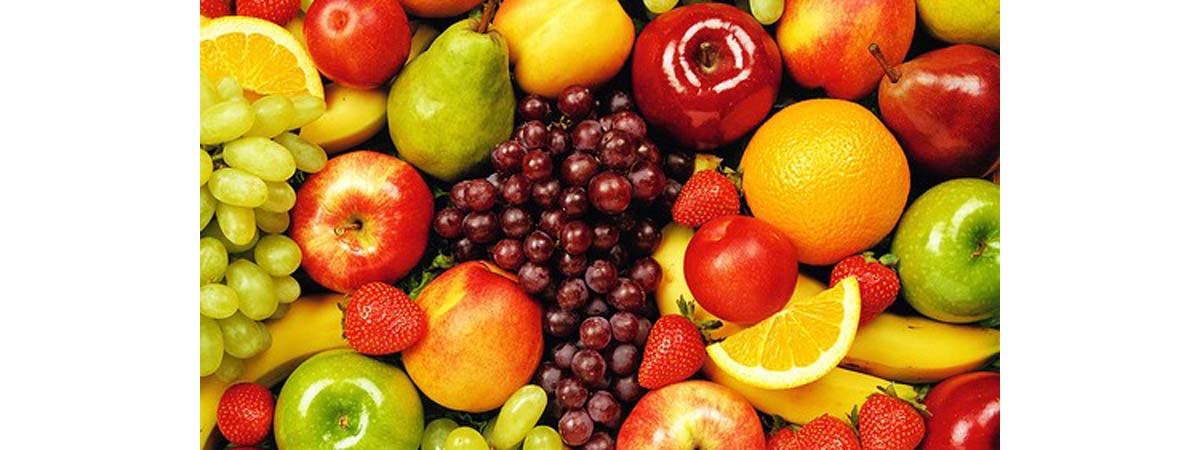Table of Contents
The fact that specific enzymes have specific detoxification and activation duties means that you can make choices in your diet that (1) activate or preserve the enzymes that detoxify common harmful chemicals or (2) deactivate or prevent the creation of the enzymes that "pretoxify" harmless substances into toxic forms. But you don't have to get your PhD in biochemistry to use this principle for health. Just follow these simple rules.

1. To detoxify carcinogenic compounds in cigarette smoke.
Some "healthy" foods activate the carcinogens in cigarette smoke, while other "healthy" foods counteract them. The production of CYP1A2 enzyme that activates tobacco smoke carcinogens is "switched on" by the stinky sulfur compounds found in cruciferous vegetables, such as cabbage, broccoli, kale, kohlrabi, mizuna, and turnip greens.
It is important, however, to keep in mind that although this process is impressive, it does not mean that any of these foods or herbs is a cure for cancer, only that they counteract some of the detrimental effects of tobacco smoke.
2. To neutralize the effects of excessive alcohol consumption on organs.
Alcohol doesn't damage tissues until an enzyme called CYP2E1 transforms it into a compound called acetaldehyde. Watercress contains chemicals that are potent inhibitors of CYP2E1 and that may protect organs from alcohol damage — but it will make a hangover worse.
3. To counteract the effects of nicotine.
Most smokers don't want to counteract the effects of nicotine. Most smokers actually want more, not less. However, if you just can't control your smoking and you are concerned about the effects of nicotine on your heart or brain, and you don't take any prescription drugs, you could consider adding starfruit to your diet.
4. To avoid toxic effects of most prescription drugs.
A chemical called bergamottin inhibits the action of a liver enzyme called CYP3A4. This enzyme detoxifies scores of common prescription drugs, especially the antiviral drug Norvir (ritonavir, commonly used to treat HIV), the antidepressant sertraline (in Paxil and Lustril), and the benzodiazepine tranquilizers, a group of drugs including Xanax, Valium, Halcion, and Dormalin (alprazolam, diazepam, triazolam, and quazepam). This chemical is found in bergamot, the citrus fruit that is used to create the distinctive flavor of Earl Grey Tea, and grapefruit juice. Avoid both of these foods, especially grapefruit juice, if you take prescription medications, unless your pharmacist tells you that they are safe.
5. An apple a day keeps the doctor away. Oranges are healthy, too.
Apples and oranges are among the least expensive, easiest to find, and tastiest sources of the sticky plant fiber known as Pectin. Pectin captures many heavy metals while they are still in the lower digestive tract, before the small intestine sends them through the hepatic portal vein to the liver. Certain pectins also activate the immune system. There's even a formulation of citrus pectin that has been shown to fight hormone-related breast and prostate cancer. You can't go wrong with an apple a day, or an orange — or both!
- Backman WD, Bakhai A. A more balanced approach to drug-grapefruit juice interactions. BMJ. 2013 Feb 26. 346:f1073. doi: 10.1136/bmj.f1073.
- Nekvindová J, Anzenbacher P. Interactions of food and dietary supplements with drug metabolising cytochrome P450 enzymes. Ceska Slov Farm. 2007 Jul. 56(4):165-73. Review.
- Photo courtesy of kanenas-net on Flickr: www.flickr.com/photos/kanenas-net/6802531316
- Photo courtesy of 42409752@N07 on Flickr: www.flickr.com/photos/42409752@N07/6263072078

